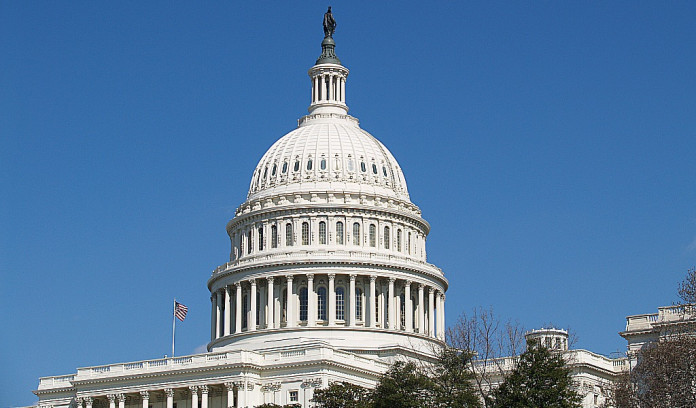“All the world’s a stage, And all the men and women merely players.”
— William Shakespeare in “As You Like It”
By Susan Crowell / editor@farmanddairy.com
Last fall, the American Enterprise Institute declared, “There is no evidence that the U.S. agricultural sector is experiencing a financial crisis or about to enter an era of financial stress.”
At the same time, the USDA’s Economic Research Service is forecasting a 50 percent drop in net farm income since 2013, to the lowest level since 2006.
The reality: Ohio alone lost 59 dairy farms in the past five months.
That’s the hidden stage for the 2018 farm bill debate. The stage that’s in the spotlight is the food stamp program, or SNAP, which comprises 80 percent of the total cost of mandatory programs within the bill.
The House Agriculture Committee has passed its version of the farm bill, and Chairman Michael Conaway, R-Texas, has hopes of getting it to a floor vote next week. But conservative Republicans have foreshadowed a rough sell, targeting more cuts to commodity subsidies and crop insurance premiums, and Democrats oppose broadening the SNAP work requirements, setting the scene for more political drama in the first act.
On May 2, House Ag Committee Ranking Member Collin Peterson, D-Minn., flat out said he expects no Democrats to vote for the bill in the House. None.
The curtain will raise on the second act when the Senate introduces its farm bill, and the third act will star the conference troupe.
We farm bill actors have our assigned roles: liberal or conservative, Republican or Democrat, farmer or consumer, rural resident or urbanite. We’ve rehearsed them well and stick to our lines, never daring to improvise or consider a new plot twist.
But Shakespeare scholars know that the famous As You Like It stage metaphor refers to seven stages of human life — think infant, student, young man, adult, etc. And all perspectives shift with age or experience.
Building a farm bill coalition offers an opportunity for truly interested legislators — and the rest of us — to broaden entrenched perspectives of the legislation’s impact on people.
Many of us paint broad strokes in our comments about food stamp recipients, but do we truly know anyone receiving SNAP benefits? Have we talked to them about work requirements, about challenges in their neighborhoods, about their lives?
Likewise, many nonfarm consumers paint the same strokes in their misconceptions about farming and subsidies.
We whine that no one understands what farming is really like, but then we don’t really listen to what consumers are asking, or what they’re not asking.
Behind the curtain, the reality is the urban-rural divide — the farm/non-farm divide — is growing. According to Purdue University ag economist Jayson Lusk, 7.5 percent of today’s farms, around 159,000, produce 80 percent of all farm output.
It’s a “real challenge — understanding a way of life you have no connection to,” Lusk says.
We get a chance, every four years, to use the farm bill stage to elevate meaningful food issues under an agricultural umbrella, but we usually fail. Once we realize the 2018 and future farm bills will be enacted on behalf of food consumers, and not food producers, we can explore a new role with those who share our values.
We may think that role is just a two-bit part, but if we do little to bridge the gap between the farm-nonfarm world, the disconnect will wield greater consequences.
Until then, the partisan plot remains the same: drama with little resolution.
“The world is a stage, and the play is badly cast.”
— Oscar Wilde













